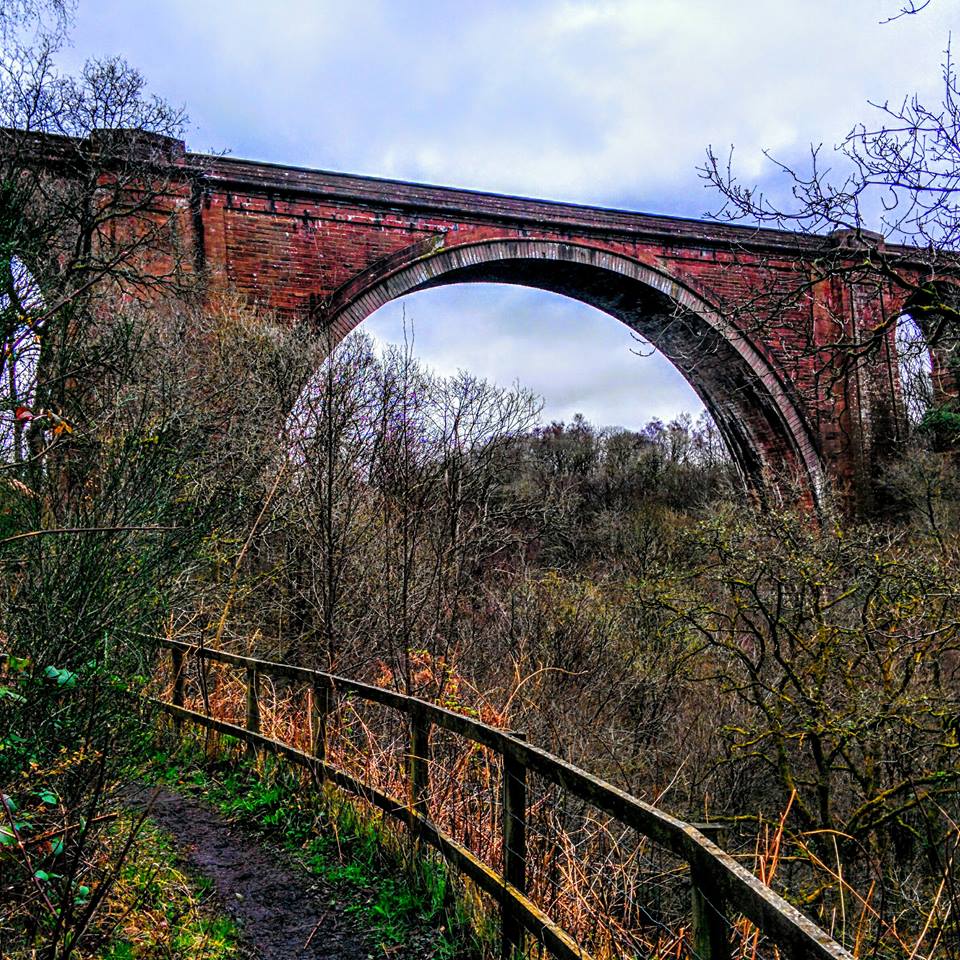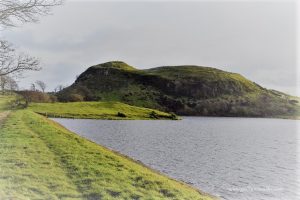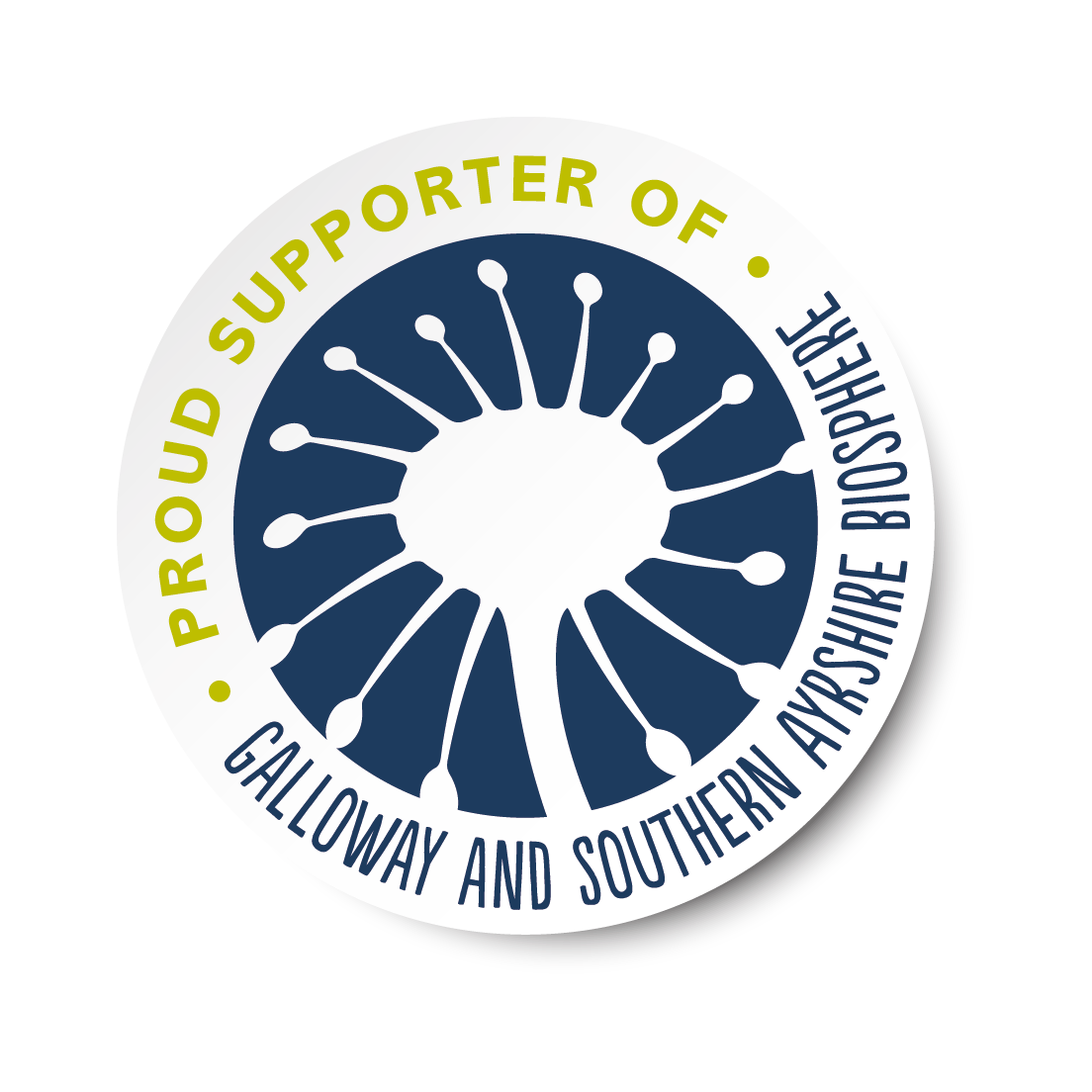![]() Parking available in Failford (KA5 5TF). Local bus service stops at this location too.
Parking available in Failford (KA5 5TF). Local bus service stops at this location too.
View full route description
From the parking area walk left along B743 for approx 1 mile before turning right onto a minor road signposted ‘Stairaird’. From here the River Ayr Way markers direct you into a fence-lined track round the outskirts of a woodland area. Continue to follow the track through a small forest and past the disused Barskimming Quarry and eventually out onto Barskimming Road. Turn left here and then first right onto a smaller road which brings you out on Haugh Road. Turn right and continue down until you reach a small cluster of farm cottages. Here you need to take the road to the left which cuts through the farm (if you cross the river you have gone too far) and you will soon find yourself walking alongside the River Ayr. Follow the path through the woodland and under the impressive Ballochmyle Viaduct. You come out onto a large grassy area then a road. Turn right onto the road and follow it along passing under A76 then back down to the riverside for a short while before arriving into Catrine.
WALK REPORT: 13th April 2016
This walk has a few interesting features along it but overall it was not the most scenic part of River Ayr Way I have completed so far (that’s being nice!). My pictures show the best bits however apart from the fact that the River Ayr is nowhere to be seen for the majority of the route, it was also tarnished by both litter-dropping and fly-tipping at various stages. To add insult to injury the track passes the sewerage plant in Catrine which doesn’t leave you with very pleasant parting memories of your afternoon…. I am so grateful that I had my husband there to keep me company today, not only because I love walking with him, but also because had he not been there I would have had no option but to repeat the whole walk in reverse to get back to the car, not something I fancied at all! We had cleverly taken 2 cars and left one at each end of the walk 😉
For the first half of the walk the path is very well marked by barbed wire fences at either side of a narrow track, funneling you around the outskirts of the woods and into a forest. There is no way out, but also no way to get lost! My husband described it as “an outdoor prison corridor”, and I have to agree it feels a little odd, although once this had been pointed out it occurred to me that there have been other sections of the River Ayr Way which have been like this too, normally when local farmers have put short diversions in place.
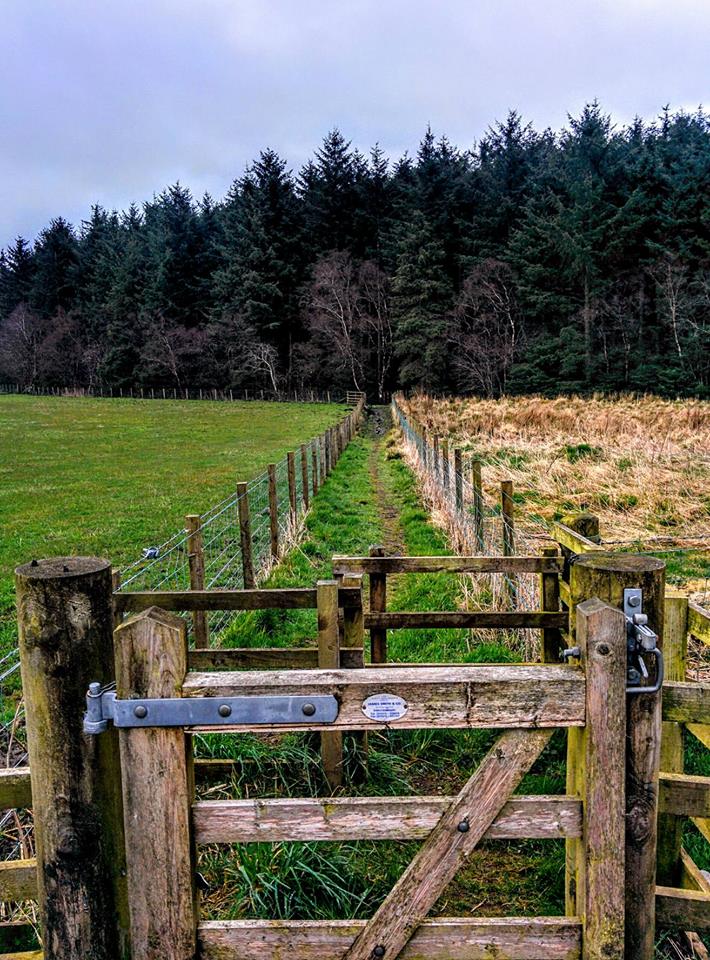
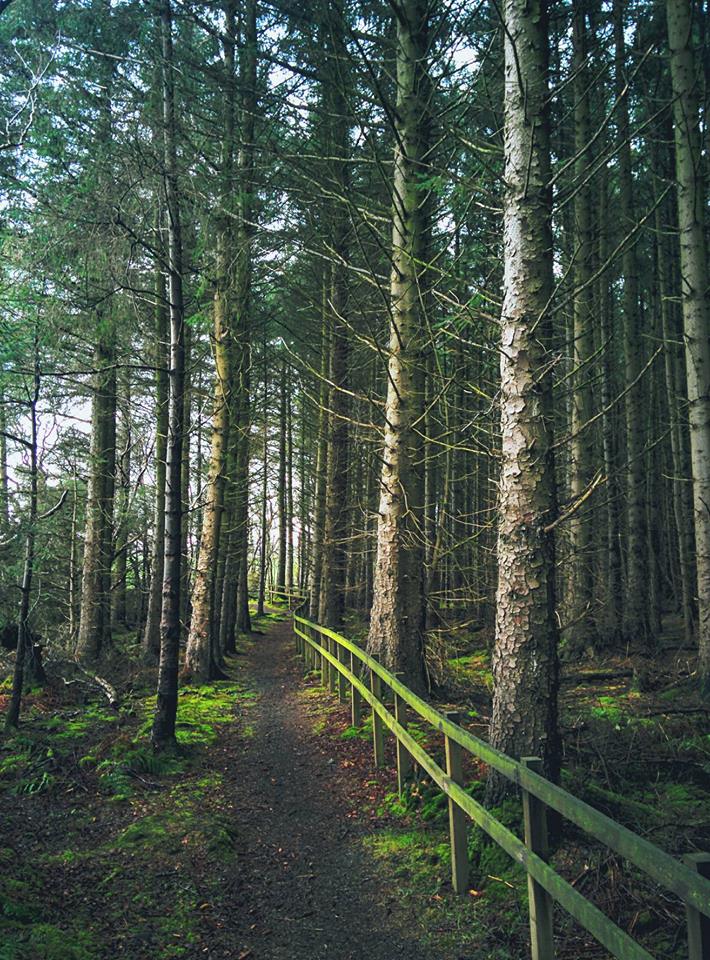
I was glad to have mapped out the route before setting off, using a combination of Walkhighlands and my mobile mapping app because at a couple of points further along there is a distinct lack of way markers and I would definitely have gotten lost! One example is on arrival at a cluster of farm houses more than halfway along the route – we would have continued on the main road past them had it not been for the fact that my map was telling me to turn left. I assumed that I had just mis-judged the distances when drawing my route out however luckily we met a couple out walking their dogs who directed us through the farm. It is very easy to miss, we didn’t see any River Ayr Way signs at all.
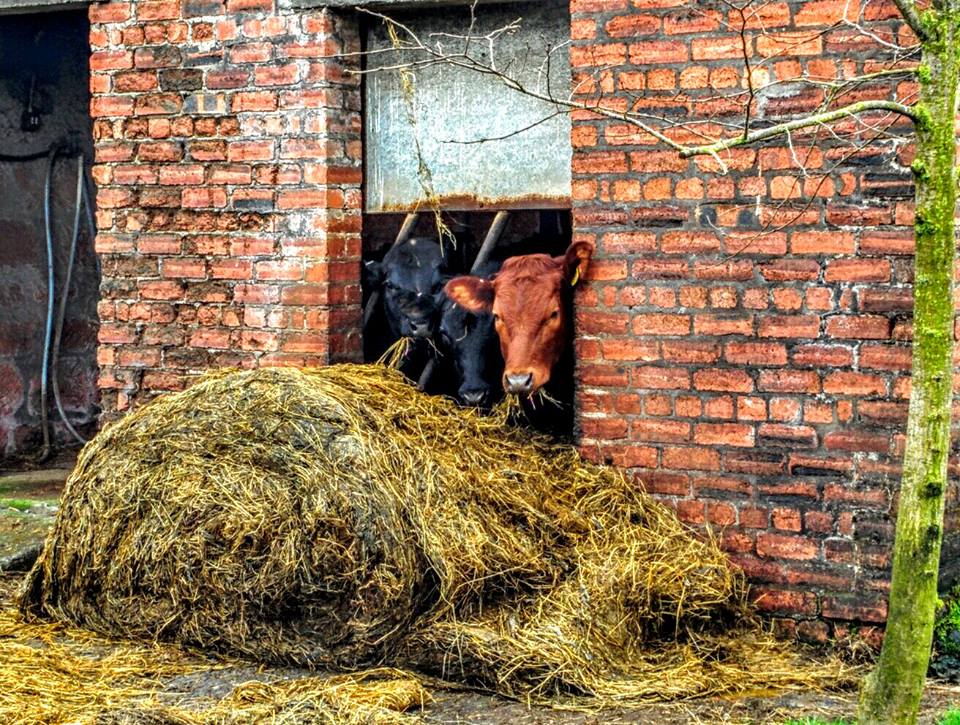
Celebrations were in full swing at this point as the River Ayr came into view! The first sighting of it since we left the car in Failford!!
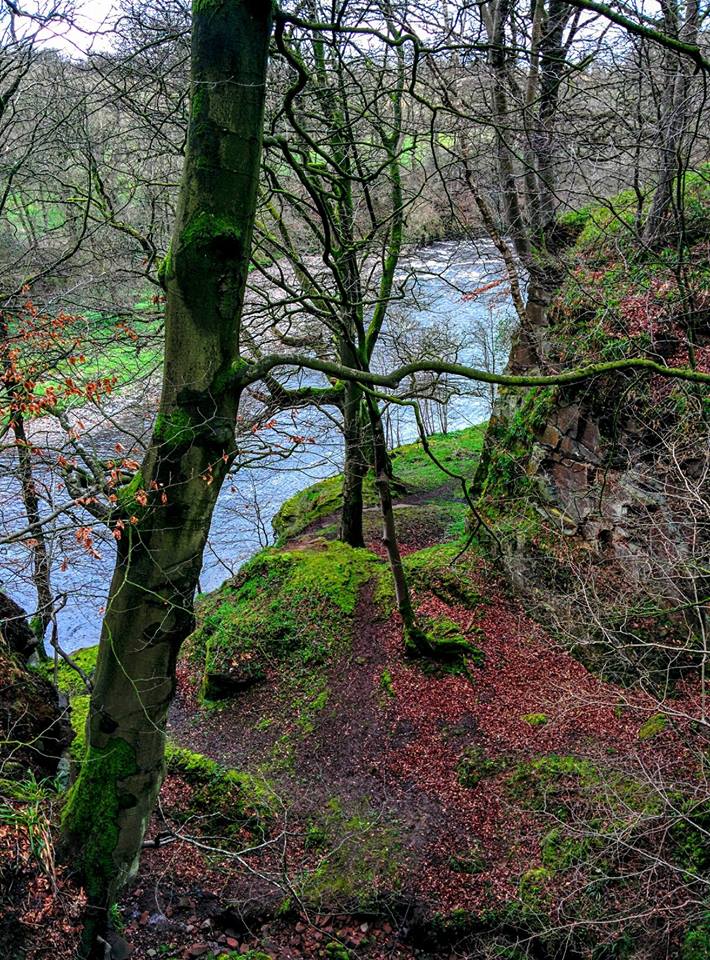
The other highlight of the route (the first being the forest!) was Ballochmyle Viaduct which made an excellent spot to have lunch at! It is HUGE – such an impressive piece of architecture. What I did not know at the time is that it is the highest masonry railway arch in UK at 54m high and 55m long! The other thing I did not realise at the time was that I found a geocache underneath it! I had no idea what the wee plastic box was – I wasn’t familiar with the game so reading ‘Ballochmyle Geocache’ on the box didn’t mean anything to me. It’s not until today as I write this blog article that I am having a massive lightbulb moment: a combination of googling some information about the viaduct, and reflecting on a conversation I had only yesterday with a friend who explained geocaching to me. The law of attraction at work! What a shame that I didn’t know I was supposed to open the box and log my details…
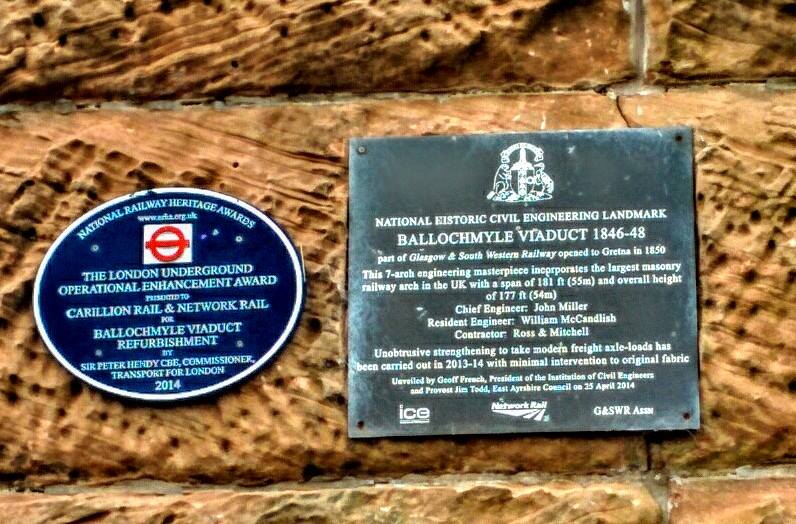
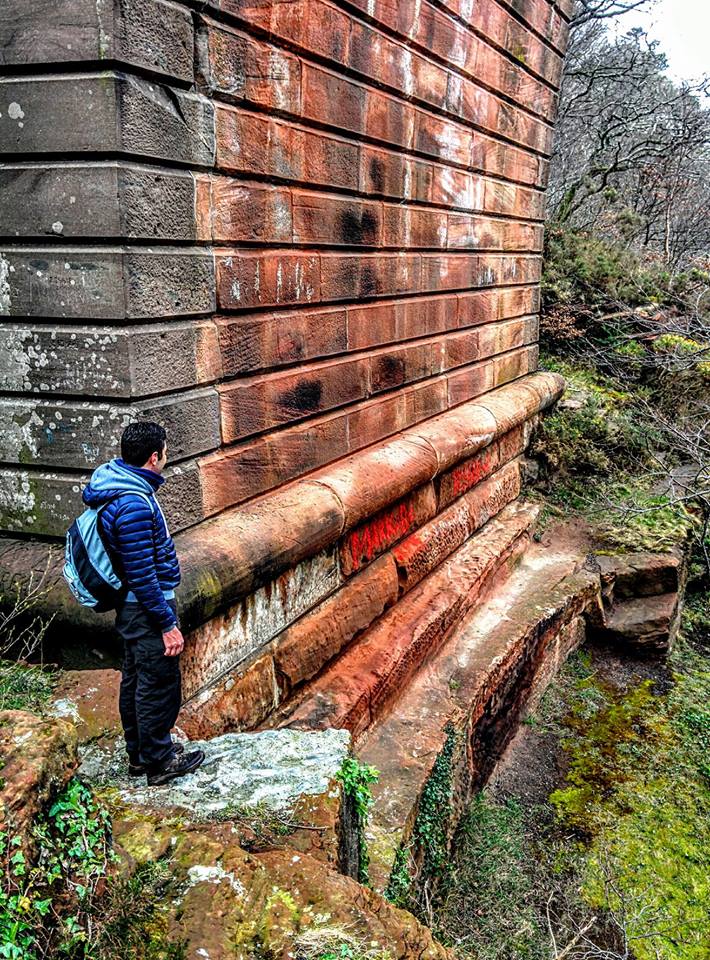
To read my other River Ayr Way walk reports click HERE

